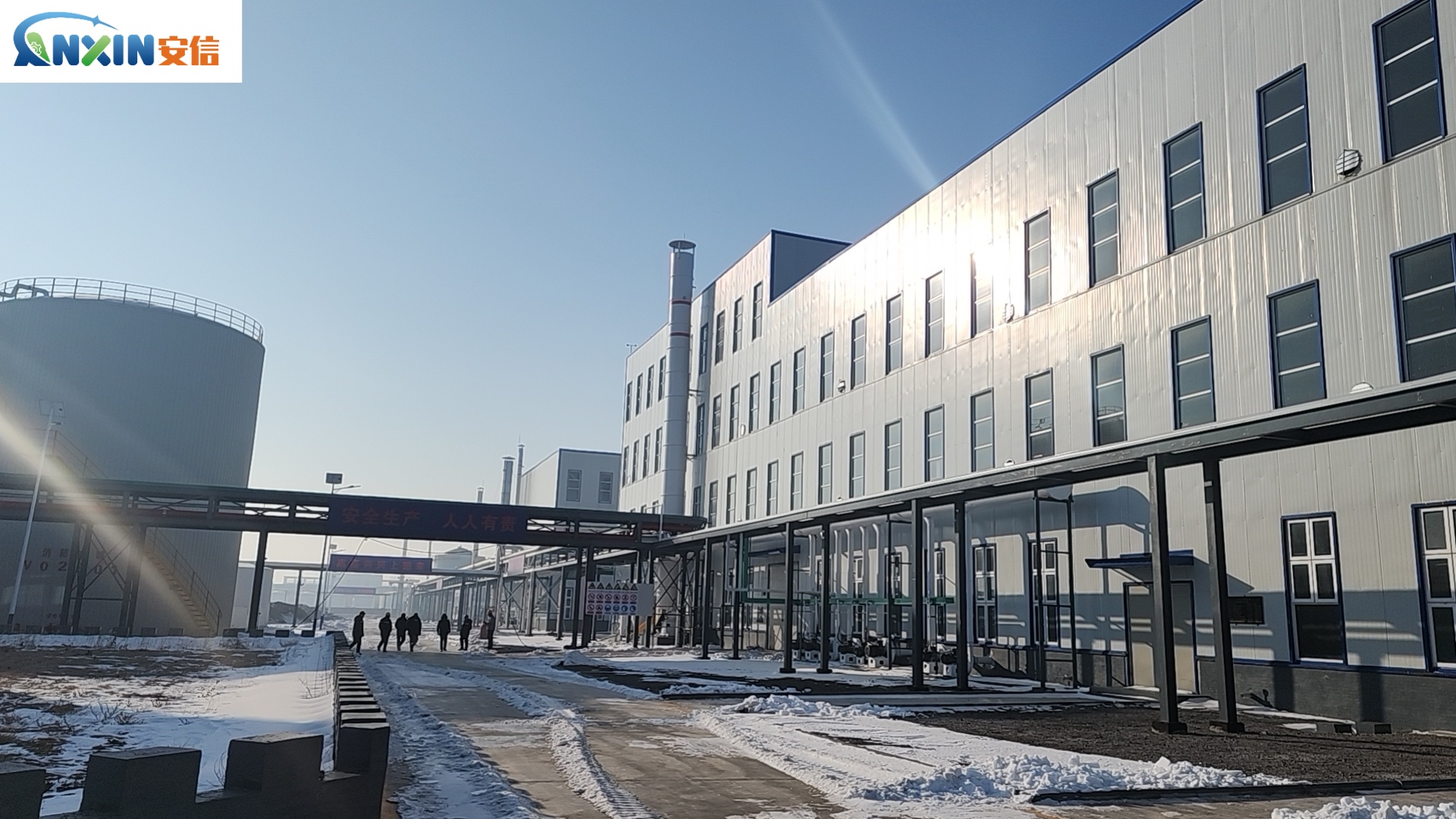Improvement Effect of HPMC Mortar on Concrete
The use of Hydroxypropyl Methylcellulose (HPMC) in mortar and concrete has garnered significant attention in recent years due to its potential to enhance various properties of these construction materials.
Hydroxypropyl Methylcellulose, commonly abbreviated as HPMC, is a cellulose ether derived from natural polymer cellulose through a series of chemical modifications. It is widely used in construction as an additive in mortar and concrete due to its water retention, thickening, and workability enhancement properties. When incorporated into mortar, HPMC forms a protective film around cement particles, delaying their hydration and facilitating better dispersion. This results in improved workability, adhesion, and consistency of mortar.
One of the significant improvement effects of HPMC mortar on concrete is its impact on workability. Workability refers to the ease with which concrete can be mixed, transported, placed, and compacted without segregation or bleeding. HPMC enhances workability by improving the cohesion and consistency of the mortar, allowing for easier handling and placement of concrete. This is particularly beneficial in construction projects where concrete needs to be pumped or placed in difficult-to-reach areas.
HPMC mortar contributes to the reduction of water demand in concrete mixes. By forming a protective film around cement particles, HPMC reduces the evaporation of water from the mortar during the setting and curing process. This prolonged hydration period enhances the strength and durability of concrete by allowing for more complete hydration of cement particles. Consequently, concrete mixes with HPMC exhibit higher compressive strength, improved resistance to cracking, and enhanced durability compared to traditional mixes.
In addition to improving workability and reducing water demand, HPMC mortar also enhances the adhesive properties of concrete. The film formed by HPMC around cement particles serves as a bonding agent, promoting better adhesion between cement paste and aggregates. This results in a stronger bond between concrete components, reducing the risk of delamination and increasing the overall structural integrity of concrete elements.
HPMC mortar offers benefits in terms of durability and resistance to harsh environmental conditions. The improved hydration and densification of concrete due to HPMC result in a more impermeable structure, reducing the ingress of water, chlorides, and other deleterious substances. As a result, concrete structures built with HPMC mortar exhibit enhanced durability and increased resistance to corrosion, freeze-thaw cycles, and chemical attacks.
HPMC mortar contributes to sustainability in construction practices. By reducing water demand and improving workability, HPMC helps minimize the consumption of natural resources and energy associated with concrete production and transportation. Additionally, the enhanced durability of concrete structures built with HPMC mortar leads to extended service life, reducing the need for frequent repairs and replacements, thus lowering the overall environmental impact of construction activities.
the use of HPMC mortar in concrete offers numerous improvement effects, including enhanced workability, reduced water demand, improved adhesive properties, increased durability, and sustainability. By leveraging the unique properties of HPMC, construction professionals can optimize concrete mixes to meet the demands of modern construction projects while achieving superior performance and longevity. As research and development in this field continue to advance, the widespread adoption of HPMC mortar is expected to play a pivotal role in shaping the future of sustainable and resilient construction practices.
Post time: Apr-15-2024
